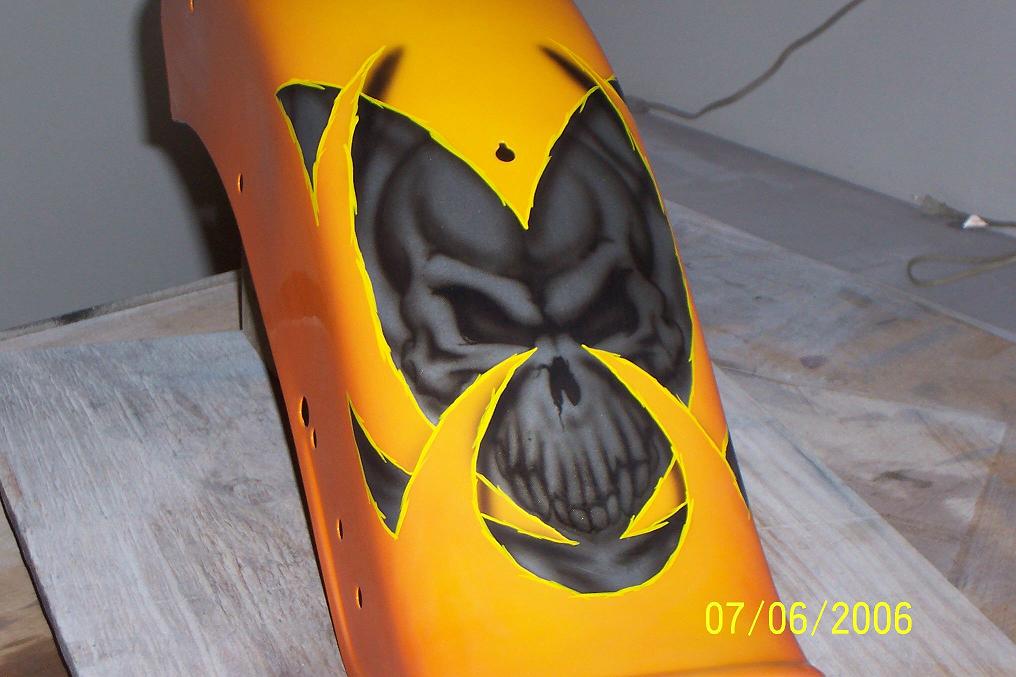
 |
|
||||||||||||
|
|
|||||||||||||
|
|
|||||||||||||
|
|
|||||||||||||
|
Corrosion is the spontaneous breakdown of metals under the influence of chemical or physical-chemical environmental influences. Broadly speaking, corrosion affects not only metals, but also any material, be it concrete, plastic, rubber, or ceramics. Types of corrosion The process of destruction occurs in a wide variety of media, but mostly gaseous and liquid (soil, water, ambient atmosphere, etc.). Marine corrosion causes enormous damage to the marine industry, rendering transport and other ships and equipment operated at sea unusable. Soil corrosion is observed in another element - the earth; it causes destruction of underground pipelines (main underground gas and oil pipelines), foundations of buildings and other structures operated in the soil. Soil is much more aggressive than the atmosphere. Metal corrosion losses due to soil corrosion greatly exceed losses due to atmospheric corrosion. All corrosive processes are classified according to: flow conditions (atmospheric, marine, crevice, fretting corrosion, contact, liquid, biocorrosion, gas, soil, etc.); mechanism (chemical, electrochemical); by the nature of destruction (local, continuous). Local types include: intercrystalline, ulcerative, pitting, etc. The term "corrosion" comes from the Latin word "corrodere", which means "to corrode" something. The cause of the onset and course of corrosion processes is the thermodynamic instability of materials to certain components in their environment. The result is decay products (e.g. rust), ruined equipment and destroyed structures. Damage to the economy Corrosion causes enormous damage to the economy of every country every year. In industrially developed countries, the average annual loss is from 3 to 5% of the gross domestic product. And the loss of metal reaches 20%. The damage is not only the cost of materials, but also the cost of manufacturing worthless structures, equipment, various products. Corrosion causes both direct and indirect damage. Indirect losses are losses caused by failure of equipment rendered unusable by corrosion processes, its downtime, replacement or repair, damage to products of other industries as a result of contamination by products of destruction of materials, high corrosion tolerance, the cost of additional energy, water, materials, etc. Direct corrosion is the cost of damaged pipelines, equipment, machinery, etc. The mechanism of corrosion is usually divided into chemical and electrochemical ones. The second type is more widespread. |
|
|
|
|
|
|
|
| Site Map |